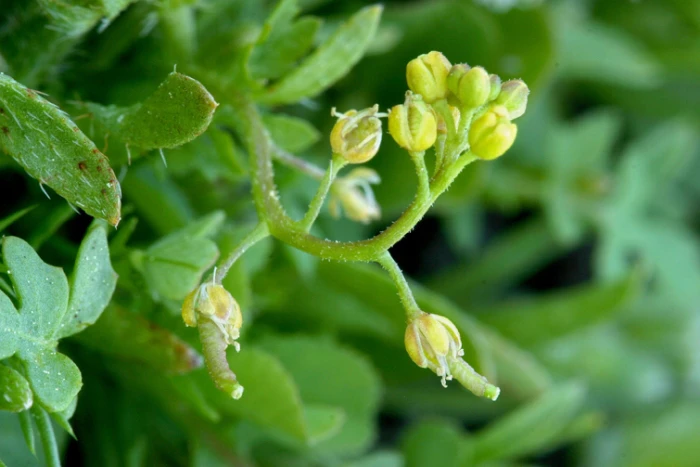Curvepod Yellowcress
(Rorippa curvisiliqua)
Curvepod Yellowcress (Rorippa curvisiliqua)
/
/

© Steve Matson
CC BY 4.0
Image By:
© Steve Matson
Recorded By:
Copyright:
CC BY 4.0
Copyright Notice:
Photo by: © Steve Matson | License Type: CC BY 4.0 | License URL: http://creativecommons.org/licenses/by/4.0/ | Uploader: matsonburger | Publisher: iNaturalist |

























Estimated Native Range
Climate Requirements for Mansfield, Texas
| This Plant | Your Site | Plant Suitability for Your Location | ||
|---|---|---|---|---|
| • Precipitation | 6" - 109" | 35" | Your precipitation may be insufficient for this plant. Irrigate N" / year. | Irrigate N" / year |
| • High Temp. | 53°F - 104°F | 96°F | Your summer temperatures are normal for this plant. | Excellent |
| • Low Temp. | -30°F - 45°F | 33°F | Your winter temperatures are normal for this plant | Excellent |
This plant should grow well at your location with about N inches per year (Y minutes per month) of irrigation.
Summary
Rorippa curvisiliqua, commonly known as curvepod yellowcress, is an annual or biennial herb that is native to a variety of moist and wetland habitats in western North America, including Alaska, California, Wyoming, and northwest Mexico. It is typically found in riparian zones, wet meadows, and along the margins of lakes and streams, where it contributes to the biodiversity and stability of these ecosystems. Curvepod yellowcress can vary in form, with stems that may be prostrate to erect and can reach up to 20 inches in length. The leaves are variable as well, up to 3 inches long, and may be smooth-edged or lobed. The plant is characterized by its elongated racemes of small, yet showy, yellow flowers that bloom in spring and summer, followed by siliques containing many minute seeds. There are several varieties of this species, each adapted to specific regional conditions.
Curvepod yellowcress is valued for its ability to thrive in wet conditions and is often used in restoration projects to stabilize soil and support wetland ecosystems. It is also appreciated for its delicate yellow flowers that can add a splash of color to water gardens and naturalized areas. In cultivation, it requires consistently moist soil and can tolerate a range of light conditions from full sun to partial shade. While it is not commonly afflicted by serious diseases or pests, it can spread rapidly in ideal conditions, potentially becoming weedy in some areas.CC BY-SA 4.0
Curvepod yellowcress is valued for its ability to thrive in wet conditions and is often used in restoration projects to stabilize soil and support wetland ecosystems. It is also appreciated for its delicate yellow flowers that can add a splash of color to water gardens and naturalized areas. In cultivation, it requires consistently moist soil and can tolerate a range of light conditions from full sun to partial shade. While it is not commonly afflicted by serious diseases or pests, it can spread rapidly in ideal conditions, potentially becoming weedy in some areas.CC BY-SA 4.0
Plant Description
- Plant Type: Herb
- Height: 0.5-1.5 feet
- Width: 0.5-1 feet
- Growth Rate: Rapid
- Flower Color: Yellow
- Flowering Season: Spring, Summer, Fall
- Leaf Retention: Deciduous
Growth Requirements
- Sun: Part Shade, Full Shade
- Water: High
- Drainage: Fast, Medium, Slow
Common Uses
Erosion Control, Low Maintenance, Water Garden
Natural Habitat
Native to riparian zones, wet meadows, and along the margins of lakes and streams in western North America
Other Names
Common Names: Curved-Pod Yellowcress, Western Yellow Cress
Scientific Names: Rorippa curvisiliqua, Nasturtium curvisiliqua, Nasturtium curvisiliqua, Nasturtium curvisiliqua var. lyratum, Nasturtium curvisiliqua var. nuttallii, Nasturtium curvisiliquum, Nasturtium curvisiliquum var. lyratum, Nasturtium curvisiliquum var. nuttallii, Nasturtium lyratum
GBIF Accepted Name: Rorippa curvisiliqua